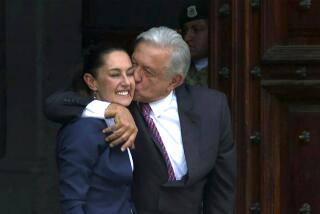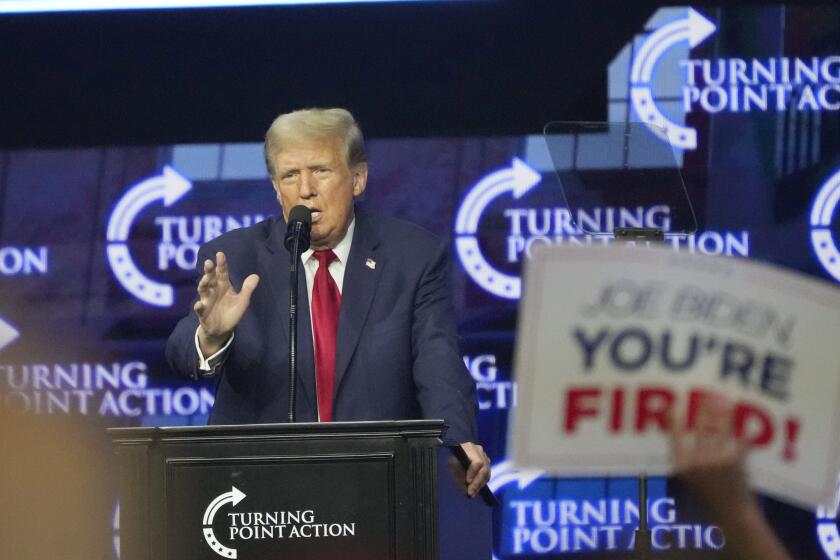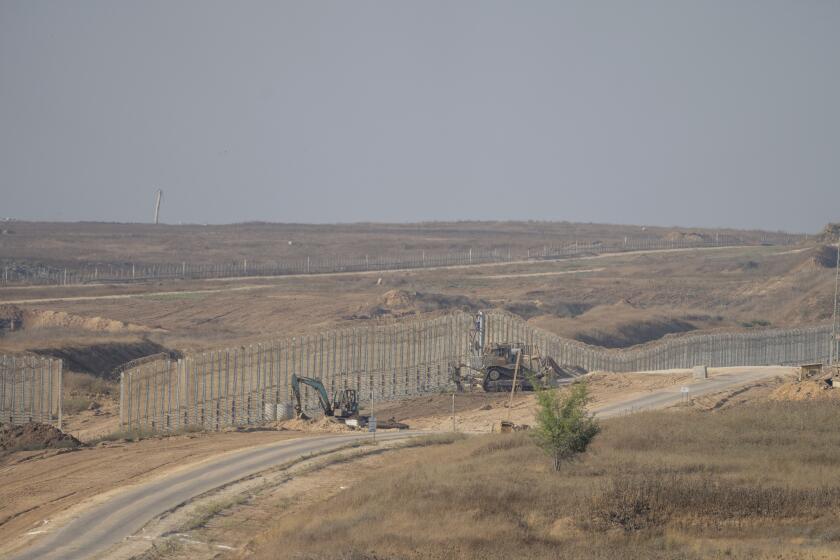Brazil Heads Off the Speculation Pirates
One of the indirect casualties of the Asian financial crisis seems to be weathering the storm. Brazil has, for now, survived the speculative attacks on its currency, albeit at an enormous cost. The government of Fernando Henrique Cardoso has decided to implement a Draconian austerity package that could plunge the country into a deep recession. The immediate purpose is to strengthen public finances and reassure foreign investors that Brazil will do everything necessary, even in an election year, to defend the current value of the real.
The decision to fight the speculators by propping up the real was made for two reasons: Cardoso and his advisors believe, rightly or wrongly, that their anti-inflation plan begun in 1994 would unravel if the currency were significantly devalued; and they think that a Brazilian devaluation would ravage neighboring Argentina’s economy, given the close trading ties between the two.
The government has a $50-billion war chest to finance this policy, which for now appears to be successful. But many observers consider this success to be both ephemeral and pyrrhic: The real, they predict, will not survive the next round of attacks, and the cost of propping up an overvalued currency is disproportionate to the benefits.
Considering the atrocious state of affairs in Brasilia just a few weeks back, it would be unfair not to acknowledge Cardoso’s success. That said, Latin American leaders in government, finance and the intellectual community might do well to take advantage of the pause in the speculative action to reevaluate the need for and desirability of international financial inflows for their countries. They could begin by emphasizing what everyone now recognizes in the wake of the Mexican debacle of 1994: There is all the difference in the world between direct foreign investment in physical assets such as factories, buildings and land, and portfolio investment in local stock markets, government bonds or other financial instruments. But just acknowledging this distinction is not enough: Adopting strong, pro-active policies to encourage direct investment and discourage speculative investment is much more important and necessary.
Indeed, as more and more nations are buffeted or devastated by waves of speculation entering or leaving their Central Bank coffers, currency markets and stock exchanges, the benefits of these resources appear more and more arguable, and the costs are increasingly apparent. The temptation to attract flows from abroad is great but treacherous: When the flows reverse course, for whatever reason, markets implode, currencies collapse and governments tremble.
Economists might agree with this assessment but would tend to say that the problem is self-correcting: If a country needs foreign savings, it is because its own are too low. Raise them, and the need for money from abroad will diminish. But the very availability of the speculative flows makes it possible to postpone measures that increase domestic savings; indeed, often the foreign monies are devoted to feed consumption booms, as in Mexico in 1994. So even if it might seem paradoxical to contemplate limits on foreign capital entries at a time when Korea, for example, is being forced to open up its stock and bond markets to foreigners, in Latin America the results of the liberalization of the past decade are mixed, to say the least.
Several options are available. One is the Chilean solution: Establish entry and exit controls on foreign capital through taxes, penalties and constraints on restless money. All short-term investments in Chile are obliged to make non-interest-paying deposits at the Central Bank, and must pay a hefty fee if these deposits are withdrawn within one year.
Few people realize that the Chilean economy, the most successful in Latin America and the one most often touted as the region’s freest, is also the only one retaining a modicum of capital controls.
Other possibilities include regional restrictions, such as those that could be adopted by Mercosur, the wannabe Common Market grouping of Brazil, Argentina, Uruguay and Paraguay. Though these countries cannot totally eradicate speculative capital inflows, they could seek ways to discourage their entry. They could also restrain access by domestic firms to international capital markets and borrowing.
Finally, several international options might be reconsidered, from Nobel-winning economist James Tobin’s old proposal to tax currency transactions, to the late French President Francois Mitterrand’s attempts to establish similar taxes or controls through international monetary negotiations.
None of these ideas are easy to implement or devoid of difficulties, but as a mix, they could cushion the blows that developing economies receive from international speculative movements. Most governments, particularly Latin American ones, hate to devalue their currencies. If there is money to be found that allows them to avoid this bane of macroeconomic management, they will tend to pay any price and impose any sacrifice in order to secure it. Yet the solution, if it entails depending on any one of many sources of speculative capital, is worse than the problem.
The amount of money that actually swirls around the globe today is only a tiny fraction of the amount of capital in the world. And foreign investment, both direct and portfolio, represents only a small share of total investment in any given country. So in fact national leeway in these matters is greater than meets the eye. Direct foreign investment is necessary, desirable and should be welcome; judging from experience, speculative funding is a lousy idea.
More to Read
Start your day right
Sign up for Essential California for news, features and recommendations from the L.A. Times and beyond in your inbox six days a week.
You may occasionally receive promotional content from the Los Angeles Times.






